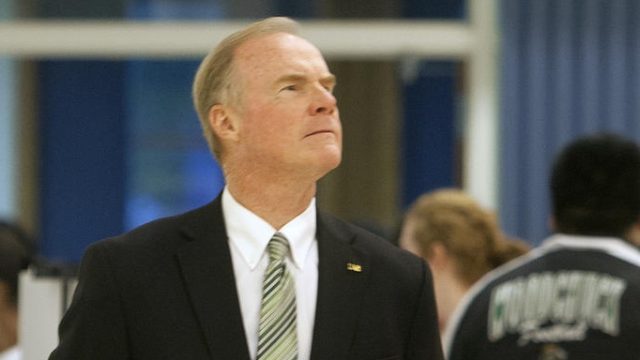Administrative Bloat: University Of North Dakota Adds 19th Vice President, To Be In Charge Of Diversity


Starting on July 14th the Univerity of North Dakota will have Sandra Mitchell serving as the institution’s Associate Vice President for Diversity and Inclusion. Her job, according to the Grand Forks Herald, will be “advancing diversity and planning related programs and initiatives, along with supervising diversity-related offices.”
According to UND spokesman Peter Johnson, who is referenced in the Herald article, Mitchell’s is a brand new position for the university.
And, by my count of bureaucrats listed on this UND organization chart, the creation of Mitchell’s positon means UND is up to no fewer than 19 Vice Presidents.
That’s in addition to another 85 people who have words like “dean” or “provost” or “director” in their title, if I’m counting right. That’s over 100 top-level bureaucrats running an institution with just over 15,000 students. That’s before we even get into the area of instructional employees who actually, you know, teach and stuff.
Earlier this month Herald reporter Anna Burleson reported UND Provost Tom DiLorenzo as saying “there is absolutely not any administrative bloat at UND.” But Burleson also reported that the “total combined salaries for vice presidents, associate and assistant vice presidents has increased 37 percent from 2008 to 2013.”
Given the facts, it’s a little hard to believe DiLorenzo’s bluster.
Meanwhile the North Dakota University System as a whole, no doubt hoping to head off proposed legislation that would mandate that they spend a specific percentage of taxpayer dollars on actually educating students, is studying the student debt issue. But it seems like their focus is on blaming students, not spending by universities on bigger staff with bigger pay and more perks (like, say, flying university presidents around the state on a private airplane).
“I don’t think we can draw conclusions without having all the facts, so I’m just not going to make the assumption that student debt is tied directly to the cost of education,” Chancellor Larry Skogen told Burleson last week. “Obviously it is in some way, but how big of a player is it?”
It’s worth remembering that the state Legislature has increased appropriations to higher education by more than half a billion dollars over the last decade, while enrollment is up just 3,000 students. With the taxpayers forking over a lot more money, and tuition steadily rising, where is the money going?
One answer has to be administrative bloat. The graphic, which I created from data provided by Legislative Council, shows the growth in non-teaching employees at North Dakota’s universities compared to teaching employees. As you can see, one has grown a lot faster than the other:
It’s not surprising that teaching positions haven’t grown that much. Let’s face, enrollment in North Dakota universities hasn’t grown that much over the last decade (about 2 percent per biennium). Yet, overall employment at the universities has exploded.
How else to explain that but to say that the universities are hiring a lot of employees that aren’t really there to educate students?





